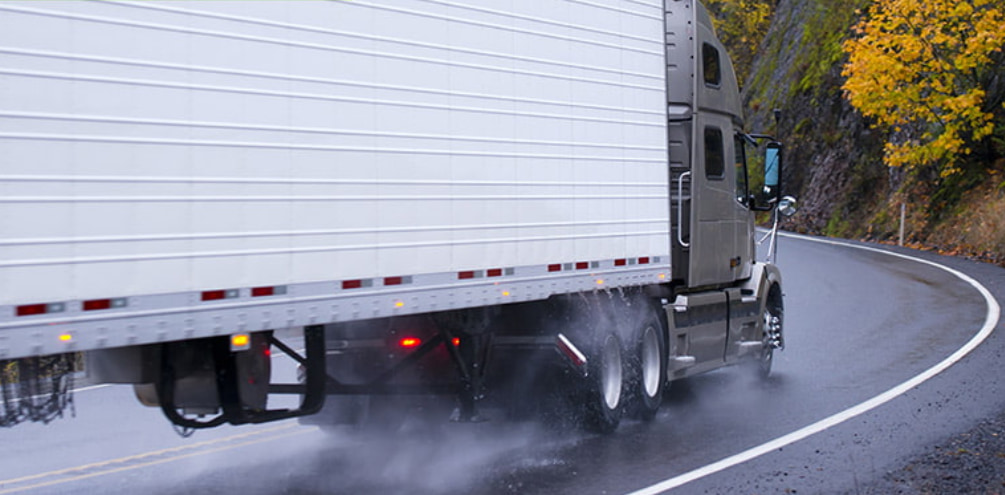Sometimes, all the technology in the world just isn't enough to prevent collisions. Brian Kohlwes discovered this when he joined Hirschbach two years ago as the company’s general counsel and vice president of safety. The company had a plethora of fleet safety technologies, but its safety record didn’t reflect the technology tools at their disposal.
So Kohlwes, who today works exclusively as Hirschbach’s general counsel, went to work. He diagnosed the problem—his company lacked a safety culture capable of taking full advantage of the fleet safety solutions it already had in place.
“Creating a culture is the cheapest, most effective thing you can do from a safety standpoint,” Kohlwes said.
Upon Kohlwes’ arrival at Hirschbach, the company began building an organic safety culture from the ground up, resulting in a campaign themed “All in to Zero,” an offshoot of the company’s slogan “All in to Win.”
“’All in to Zero’ means, collectively, we’re going to have zero accidents,” Kohlwes said.
Admittedly ambitious as an objective, they had work to do. To get there, the organization became more open and transparent. Creating more openness improved communication and helped managers stay ahead of challenges. The Safety and Operations departments, meanwhile, once housed in separate buildings, now share space and collaborate to develop solutions.
Shortly after Kohlwes arrived at Hirschbach, he focused on accountability and tying driver bonuses to collisions. And Hirschbach installed DriveCam event recorders in its fleet of about 1,000 trucks. Each of these decisions proved to be another strategic brick in the company’s strong safety foundation.
Safety Not Just a Priority – It’s a Value
But a company can only have a safety objective like “All in to Zero” if its people make safety a value, not a priority. And that’s exactly what the Hirschbach team has done.
What’s the difference between a value and a priority? “Priorities change from day to day,” Kohlwes said. “For example, it’s a priority to deliver a load on time. A value is something that’s unwavering, that never changes under any circumstance. At Hirschbach, we never sacrifice that value of safety for a priority.”
When Hirschbach decided to invest in the Lytx Driver Safety Program in October of 2016, it wasn’t a decision the company came to lightly.
That decision “was about saving lives,” Kohlwes said. “That’s one reason why we went with the program. Technology is meant to complement a safety culture, not replace it.”
In complementing Hirschbach’s safety culture, the Driver Safety Program, with its combination of video telematics and driver coaching, has helped the company slash its major collision frequency. “We’re seeing some drastic reductions in our major accidents per million miles,” Kohlwes said. “We want to keep that trend going.”
The Driver Safety Program not only has helped Hirschbach keep that trend going; it also has enabled Hirschbach to take a more proactive stance on safety, helping them stay ahead of collisions through a behavior-based fleet safety program that generates positive results.
There was a time when Hirschbach’s safety department was reactive, addressing collisions after they happened. Not anymore.
“Now we have a behavior-based safety program that helps us stay ahead of the curve,” Kohlwes said. “To achieve this, we need to know what a driver’s behavior is. And the only way to know what their behavior is, is to see what they’re doing (through video) and help change that behavior.”
Building an organic safety culture from the ground up isn’t easy. But for Hirschbach, it was definitely worthwhile.
Would you like to stay ahead of the curve with a behavior-based safety program, too? Check out everything we have on improving driver performance in the Lytx Resource Hub.
